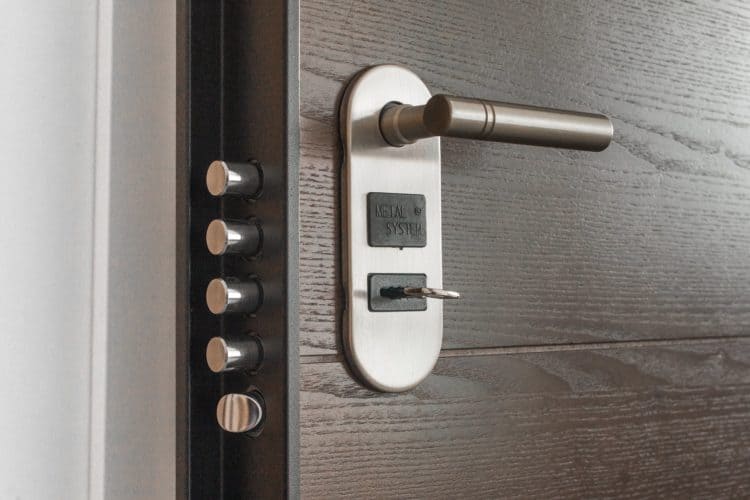Some years back our office in Times Square Hong Kong was robbed during lunch hour? Why? There was no one on the reception. We didn’t have any semblance of security beyond the front office door. And we had very friendly staff who welcome any stranger to our door by simply saying: “I am looking for…”
It didn’t help that it was lunch hour and most of our staff were away – myself included, probably. The thief or thieves managed to scoot away with several laptops.
After complying with building requirements on reporting of the theft we promptly installed surveillance cameras in the reception area.
But the devastation didn’t come from the feeling that we lost some valuable machines. It was the feeling that we are vulnerable – you cannot put a price on that.
The continuing urbanization of many Asian economies brings with it the need to protect property and public safety. Technology in the form of surveillance and communication equipment has long been used as part of this strategy.
With advances in emerging technologies like the internet of things (IoT), artificial intelligence augmented reality and machine learning, we can expect greater use of such technologies to enhance public safety and security.
Market research firm IoT Analytics forecasts that spending on Industry 4.0 products and services will skyrocket from $119 billion in 2020 to $310 billion in 2023.
FutureIoT spoke to Anthony Chow, co-founder and CEO of Igloohome on some of the IoT-backed technologies helping shape the future of infrastructure safety.

In more commercial environments like offices, malls and factories - what are some of the key benefits of using IoT towards securing such facilities?
- Improved traceability and accountability with full audit trails.
- Data is available for analysis. Can identify bottlenecks in access management and streamline processes.
- Heightened security with multi-factor authentication feature to ensure access is given to right personnel.
- No more physical key management - no worries about lost keys or duplicated ones, access can be revoked immediately when needed.
Smart locks could be used to manage access to all these different spaces, with a dashboard that gives a bird's-eye view of all the different points. Smart home tech now extends beyond just the home, but into facilities management.
How is IoT being applied to securing the home or office?
IoT is now integrated into smart locks to offer more features for the convenience and security of users. Things like multi-factor authentication and real-time updates on access activities, users are kept updated to ensure the property's security is not breached as easily as before.
Electronic door locks that rely on mobile apps has been around for some time. How have developments in IoT helped improve/enhance security?
While smart locks are usually used in conjunction with an app, they usually require Wi-Fi to work. This makes it susceptible to Wi-Fi hacking or network instability issues. With IoT, not only will the locks not need a Wi-Fi hub to operate, but they will also receive real-time notifications in case of tampering or lock activities for greater peace of mind. Smart locks that do not work on Wi-Fi like ours will now have to ability to provide this too with the use of IoT.
In more commercial environments like offices, malls and factories, what are some of the key benefits of using IoT towards securing such facilities?
- Lower power consumption
- Data is available for analysis. Can identify bottlenecks in access management and streamline processes.
- Heightened security with multi-factor authentication feature to ensure access is given to right personnel.
- Improved traceability and accountability with full audit trails.
- No more physical key management - no worries about lost keys or duplicated ones, access can be revoked immediately when needed.



